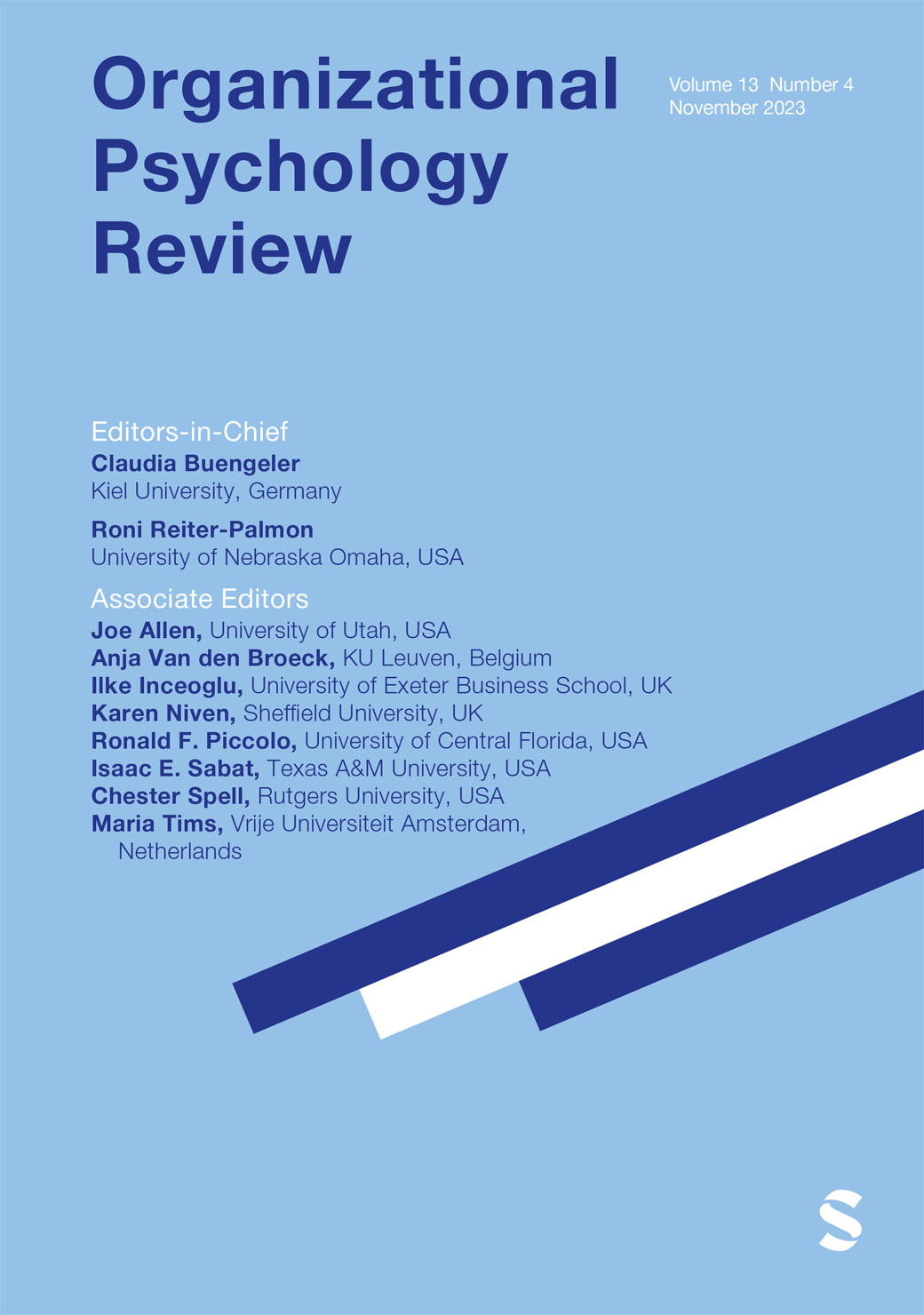组织中的安全倾听:综合概念回顾
IF 7.1
1区 心理学
Q2 MANAGEMENT
引用次数: 0
摘要
安全事故往往与未能倾听个人提出的关切有关。为了更好地理解这一点,并从理论上解释安全声音避免伤害的沟通过程,我们对组织中的 "安全倾听 "进行了概念性回顾:对任何呼吁采取行动防止伤害的声音的回应。综合不同领域的研究,我们发现了 36 个描述安全倾听的术语/定义,这些术语/定义通常从倾听者的动机角度来阐述安全倾听。我们认为,这些动机描述是用于研究倾听的自我报告方法(如调查、访谈)的副产品,这种方法侧重于倾听感知,而不是发言后的实际反应。与此相反,我们将安全倾听定义为在组织环境中为防止伤害而对安全声音做出的行为反应。受认知、互动和环境因素的影响,安全倾听可以通过合作感知过程来建立对风险和危险的共同认识和理解,从而预防事故的发生。本文章由计算机程序翻译,如有差异,请以英文原文为准。
Safety Listening in Organizations: An Integrated Conceptual Review
Failures of listening to individuals raising concerns are often implicated in safety incidents. To better understand this and theorize the communicative processes by which safety voice averts harm, we undertook a conceptual review of “safety listening” in organizations: responses to any voice that calls for action to prevent harm. Synthesizing research from disparate fields, we found 36 terms/definitions describing safety listening which typically framed it in terms of listeners’ motivations. These motivational accounts, we propose, are a by-product of the self-report methods used to study listening (e.g., surveys, interviews), which focus on listening perceptions rather than actual responses following speaking-up. In contrast, we define safety listening as a behavioral response to safety voice in organizational contexts to prevent harms. Influenced by cognitive, interactional, and environmental factors, safety listening may prevent incidents through enabling cooperative sensemaking processes for building shared awareness and understanding of risks and hazards.
求助全文
通过发布文献求助,成功后即可免费获取论文全文。
去求助
来源期刊

Organizational Psychology Review
Multiple-
CiteScore
10.00
自引率
1.60%
发文量
25
期刊介绍:
Organizational Psychology Review is a quarterly, peer-reviewed scholarly journal published by SAGE in partnership with the European Association of Work and Organizational Psychology. Organizational Psychology Review’s unique aim is to publish original conceptual work and meta-analyses in the field of organizational psychology (broadly defined to include applied psychology, industrial psychology, occupational psychology, organizational behavior, personnel psychology, and work psychology).Articles accepted for publication in Organizational Psychology Review will have the potential to have a major impact on research and practice in organizational psychology. They will offer analyses worth citing, worth following up on in primary research, and worth considering as a basis for applied managerial practice. As such, these should be contributions that move beyond straight forward reviews of the existing literature by developing new theory and insights. At the same time, however, they should be well-grounded in the state of the art and the empirical knowledge base, providing a good mix of a firm empirical and theoretical basis and exciting new ideas.
 求助内容:
求助内容: 应助结果提醒方式:
应助结果提醒方式:


